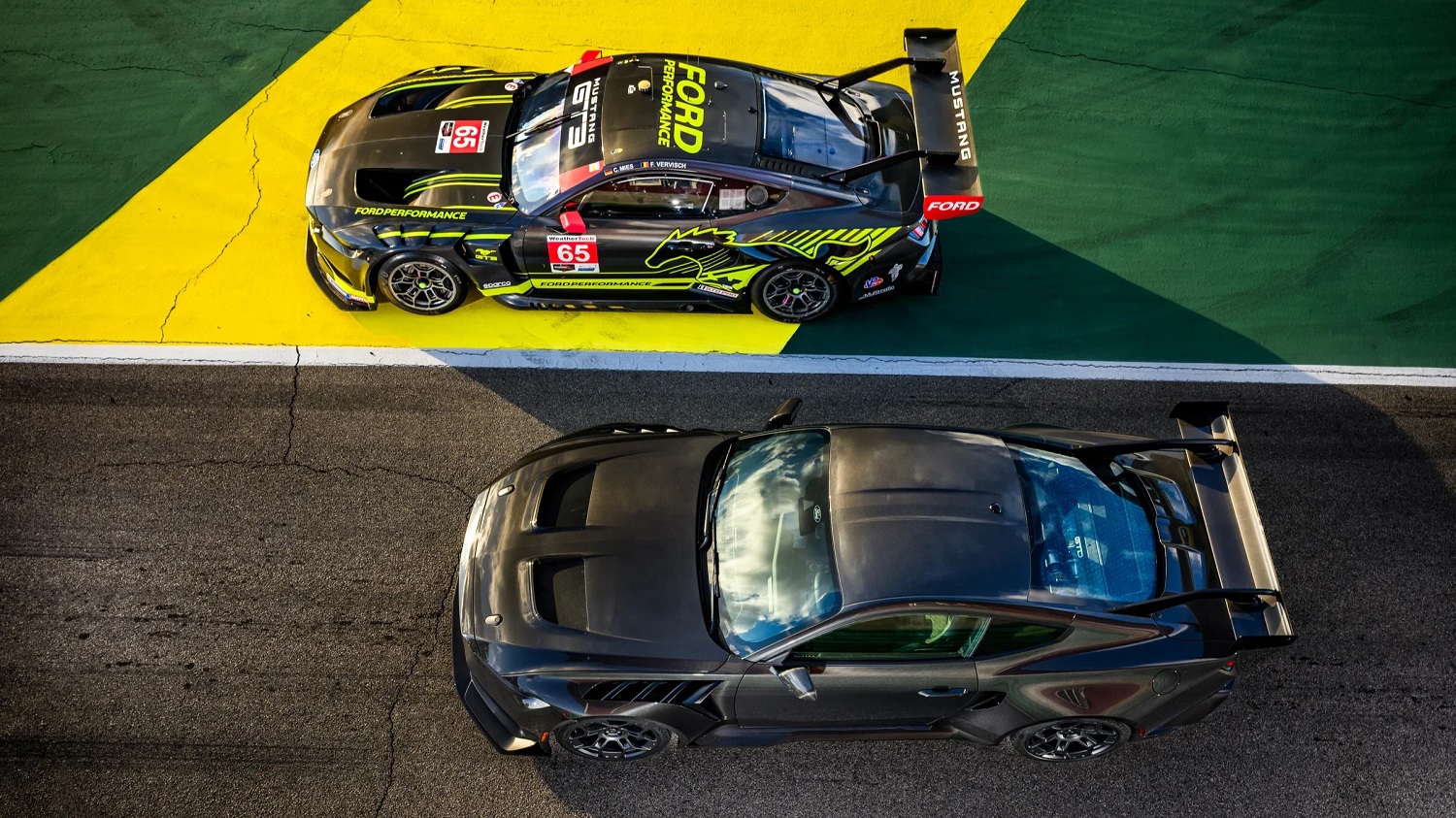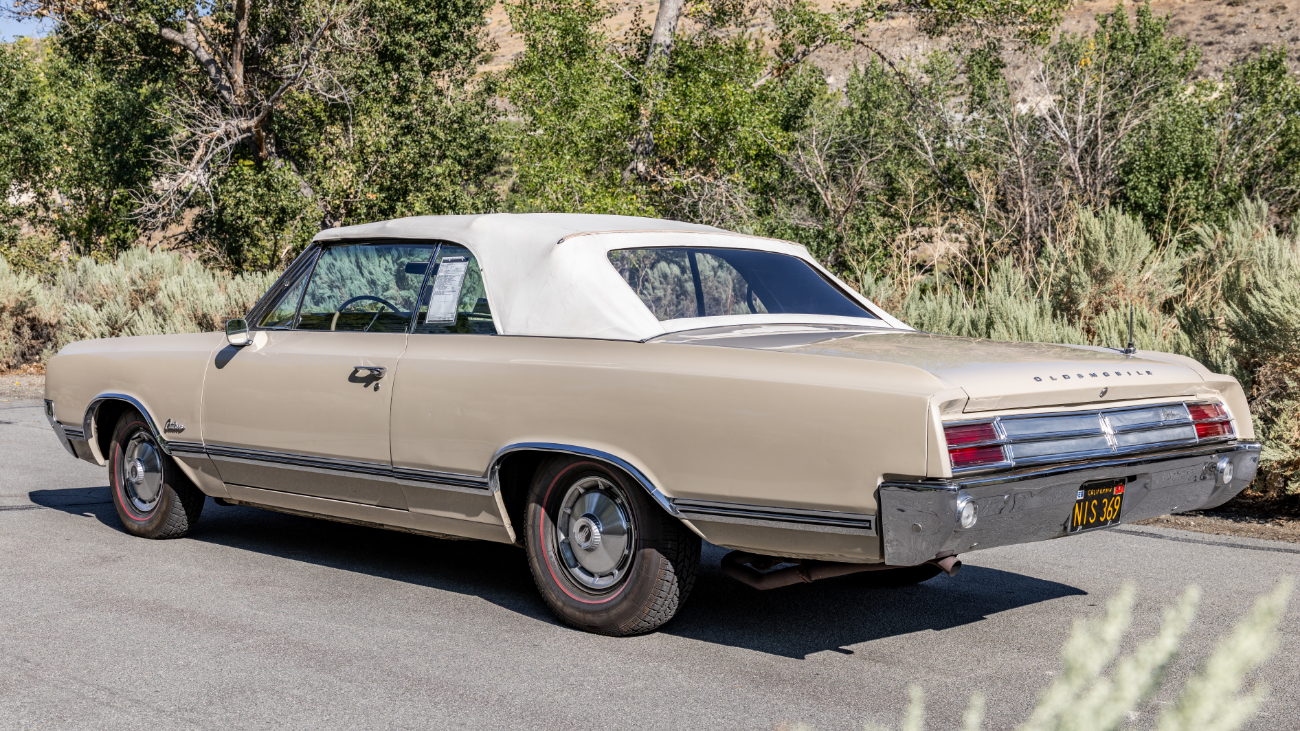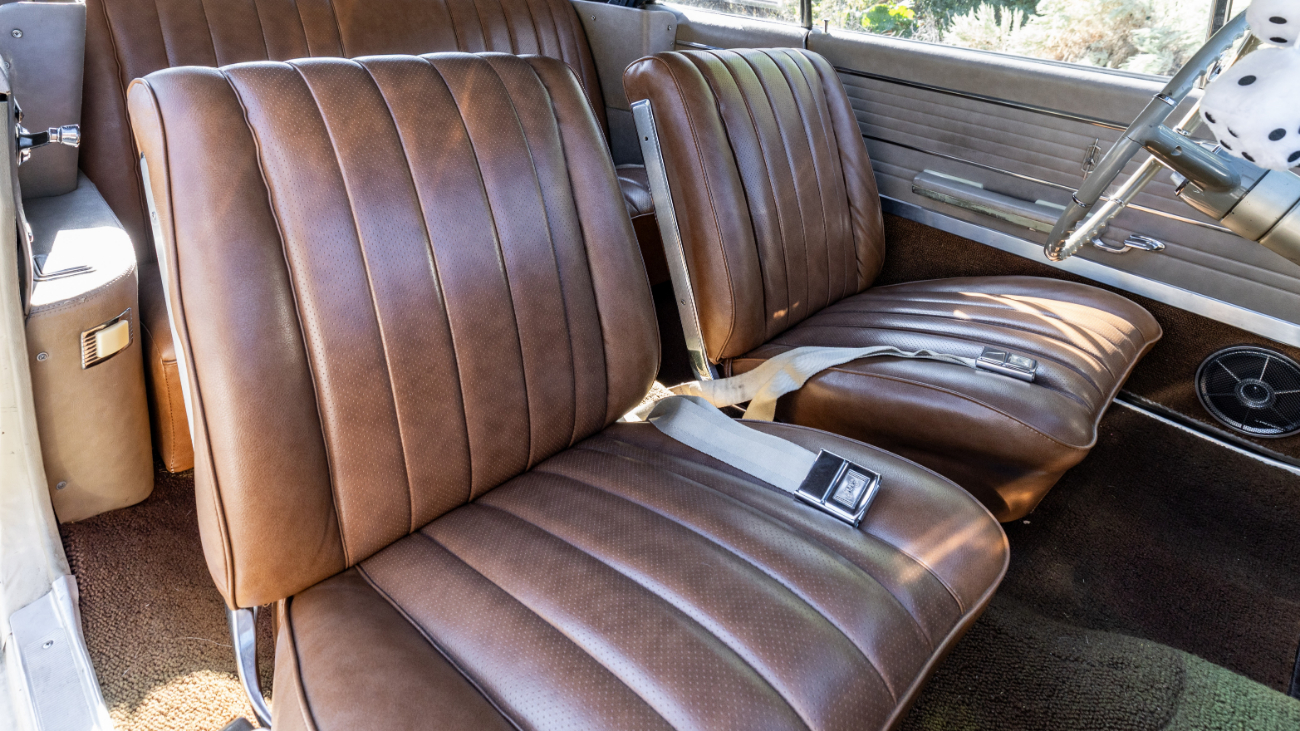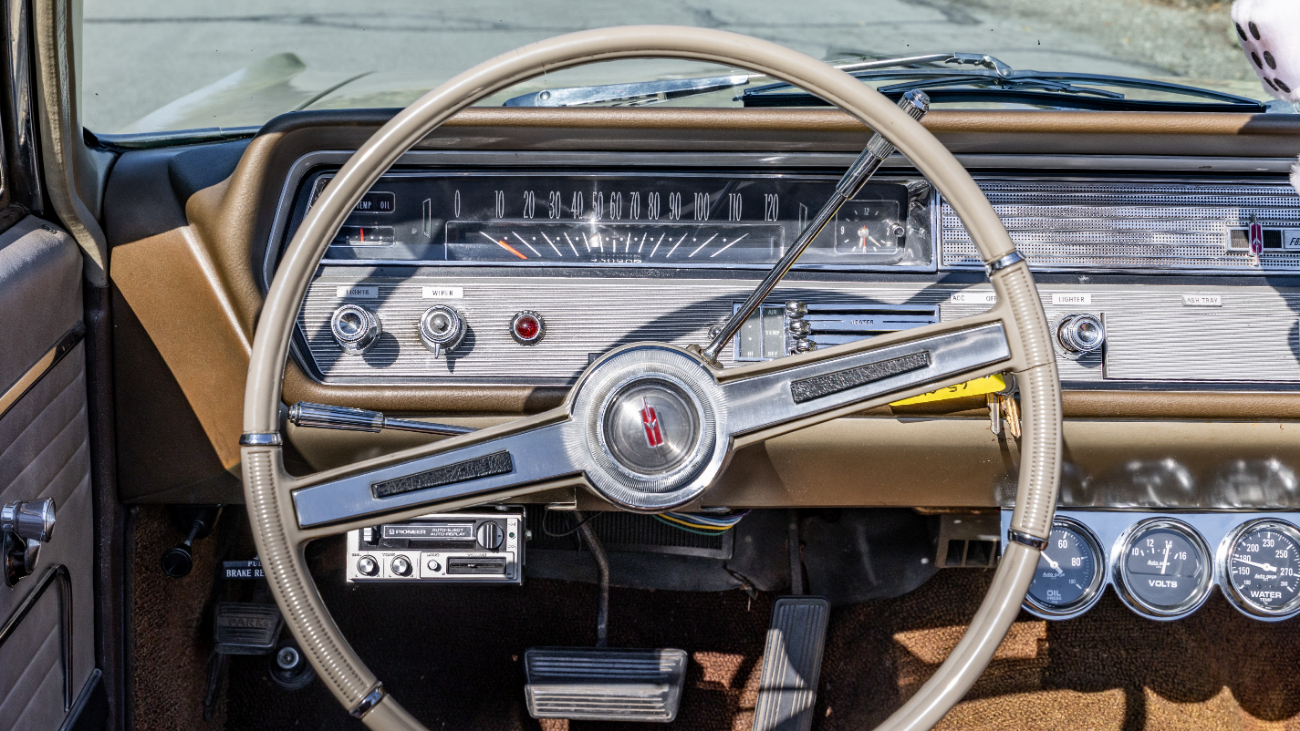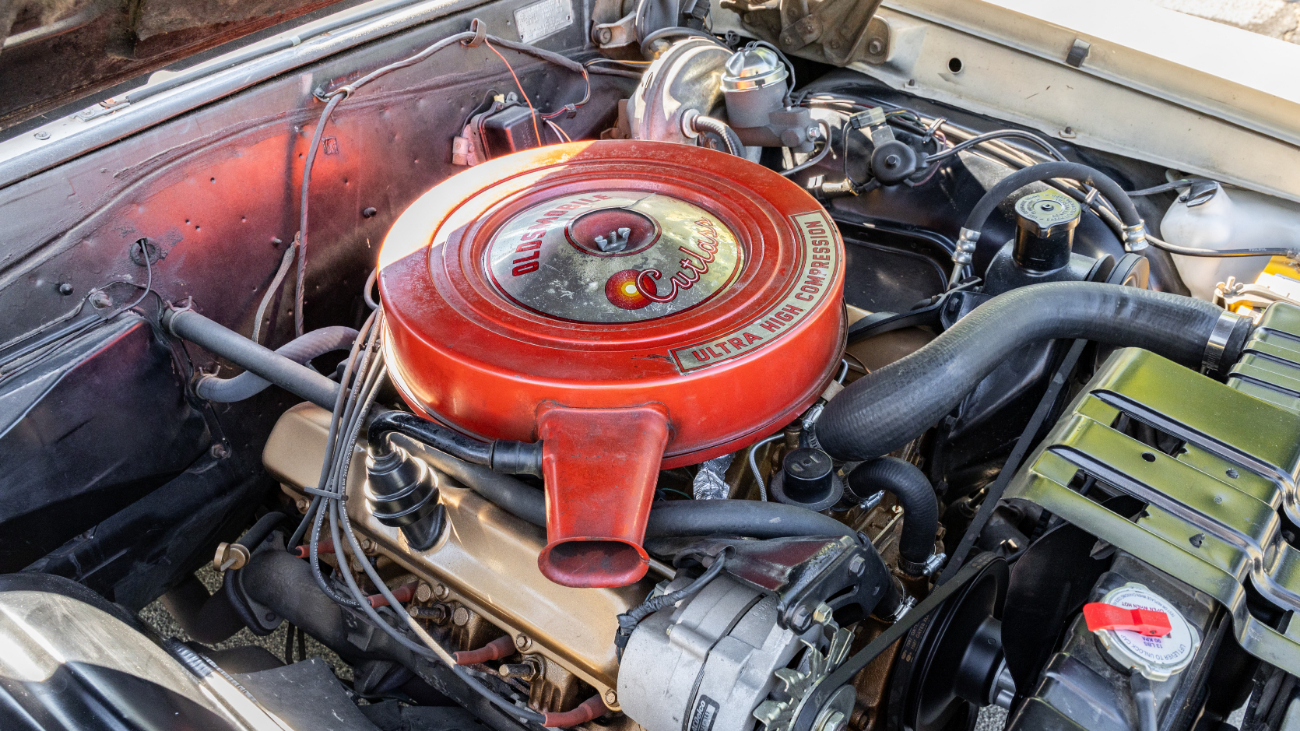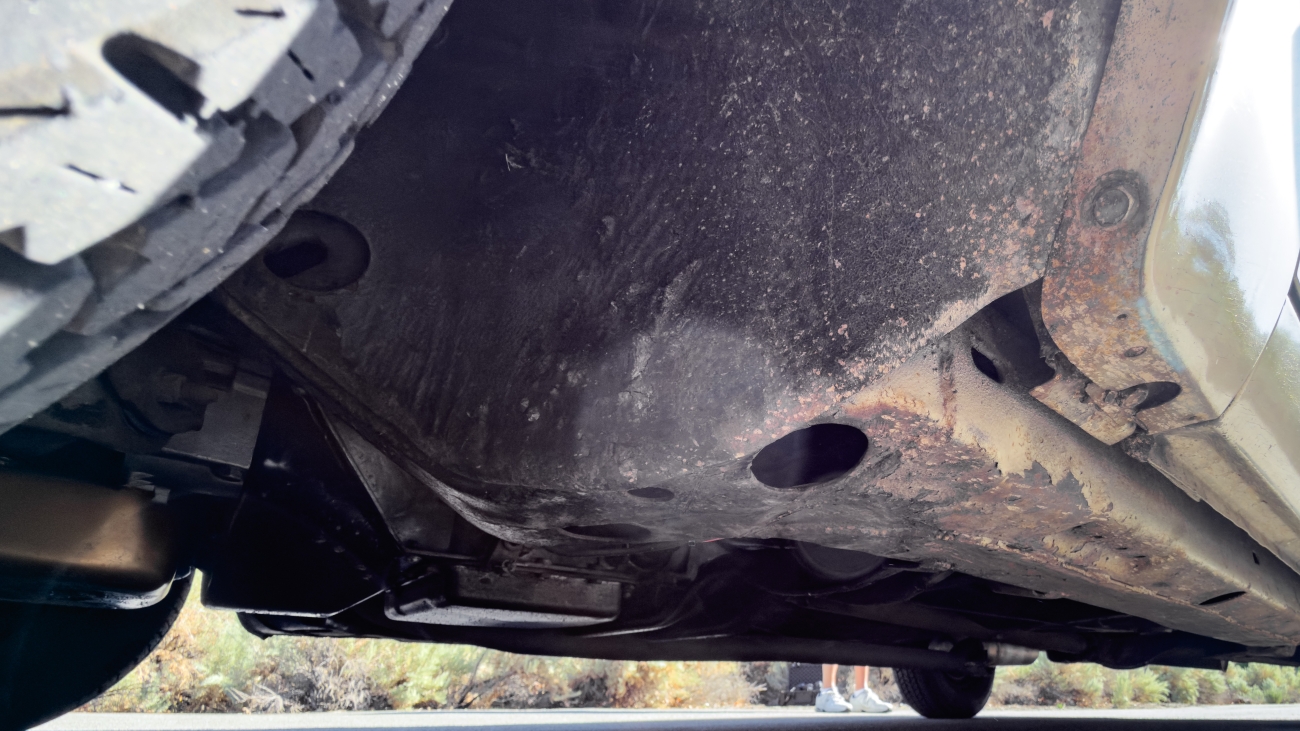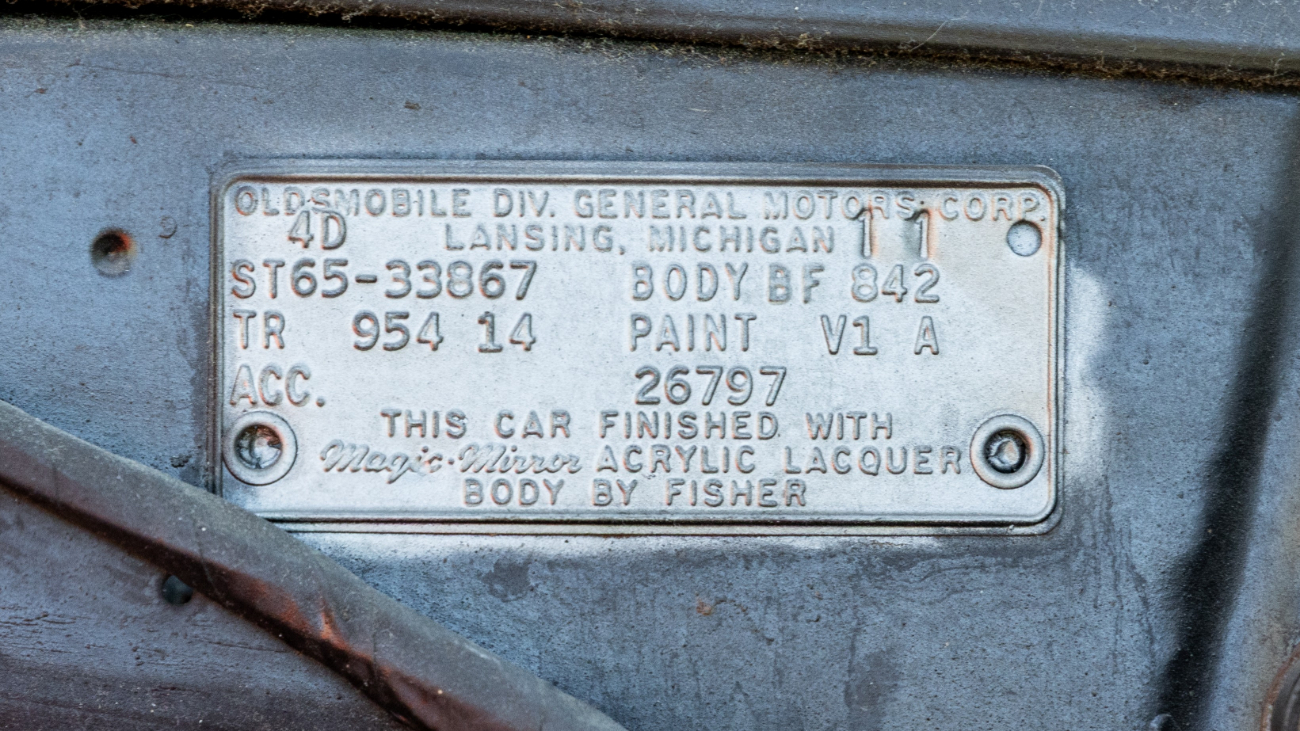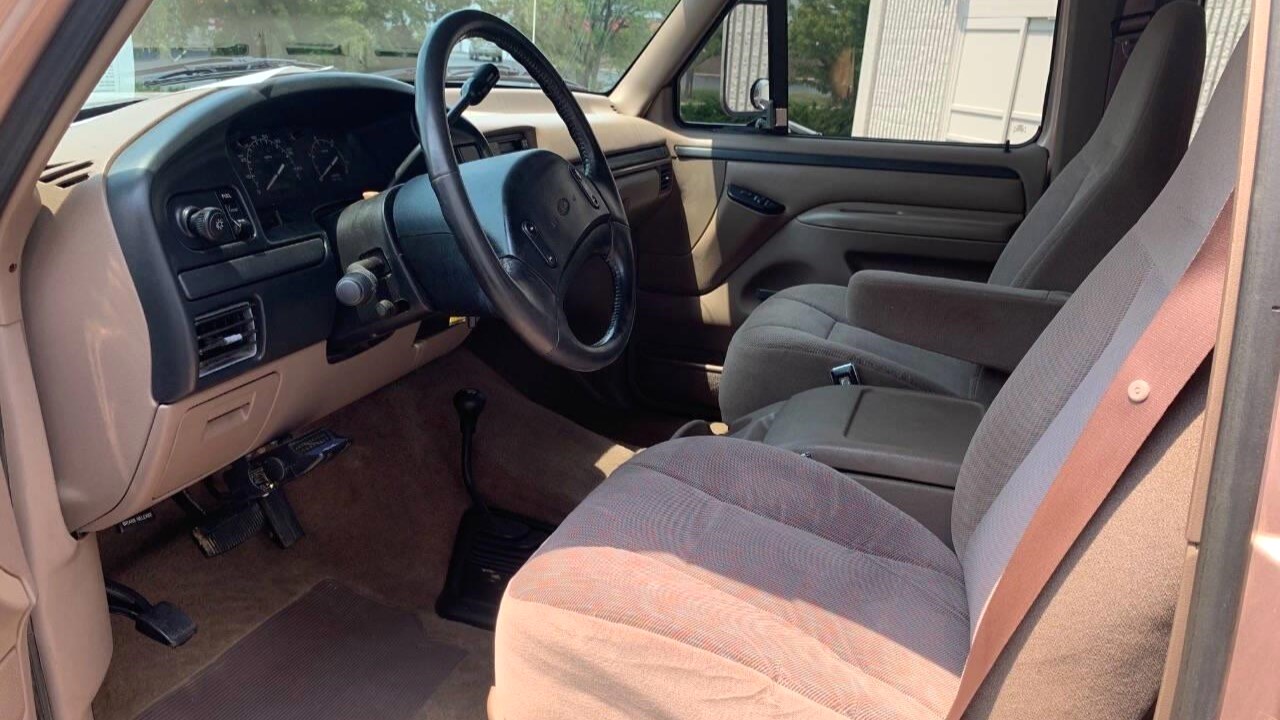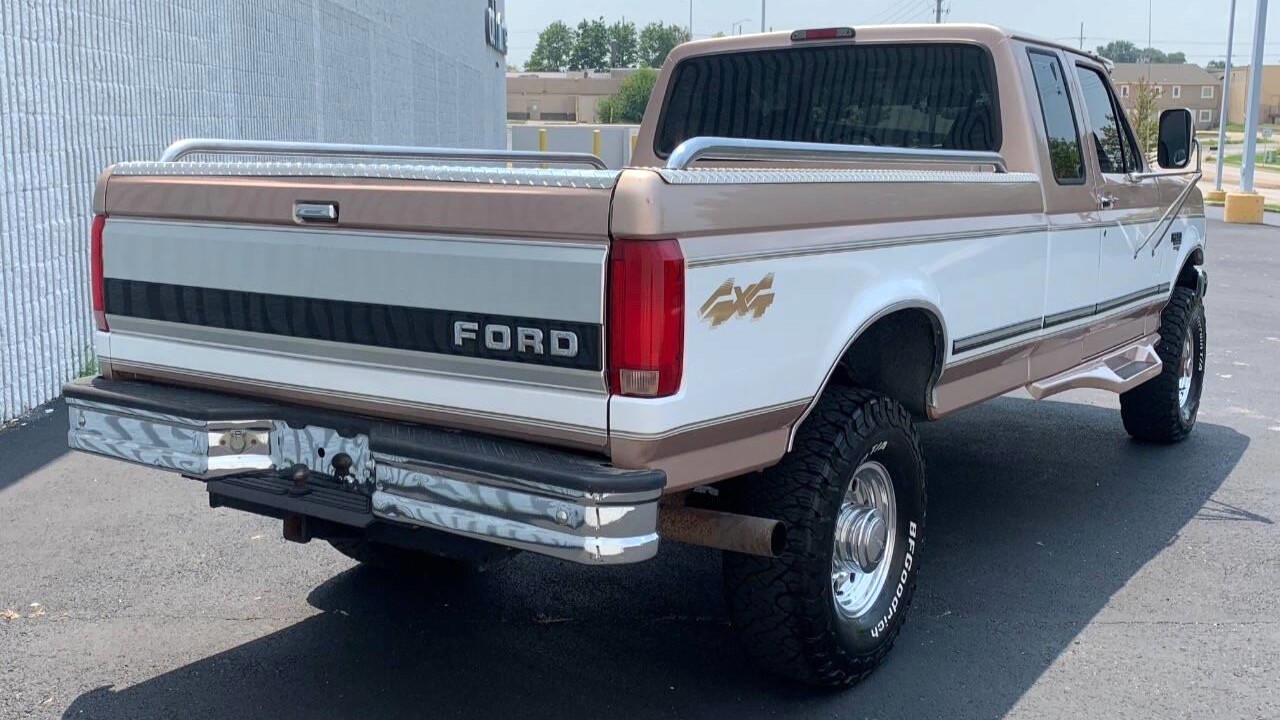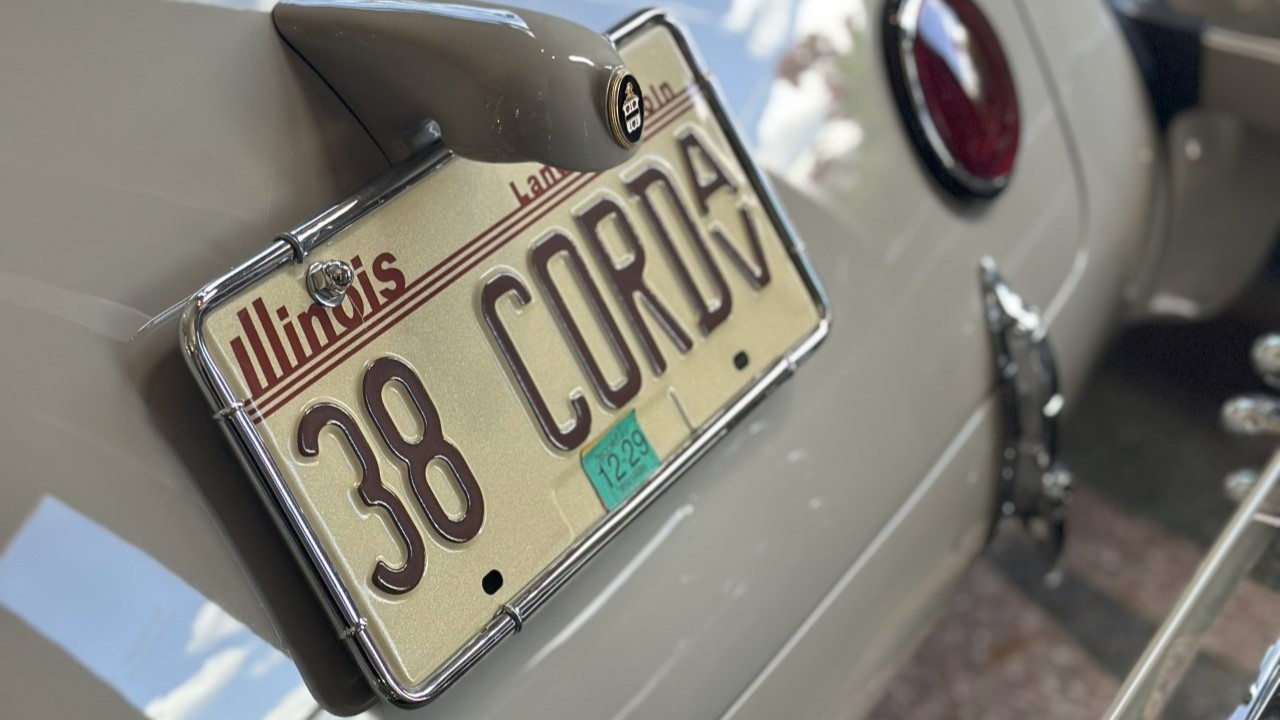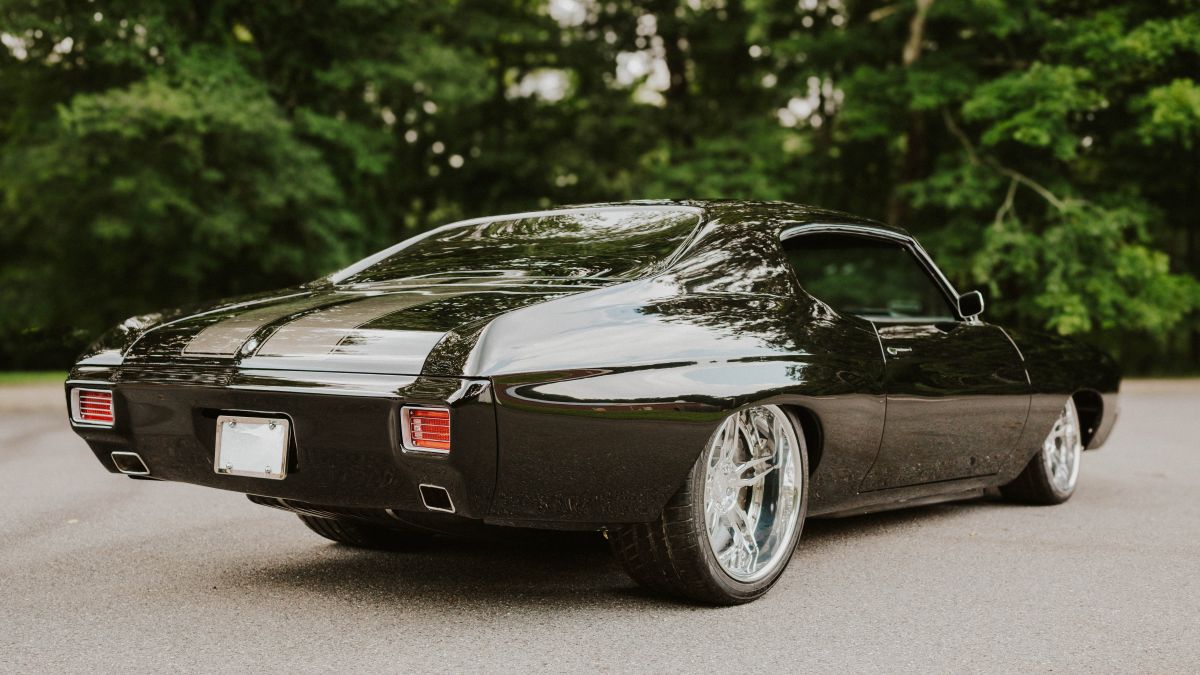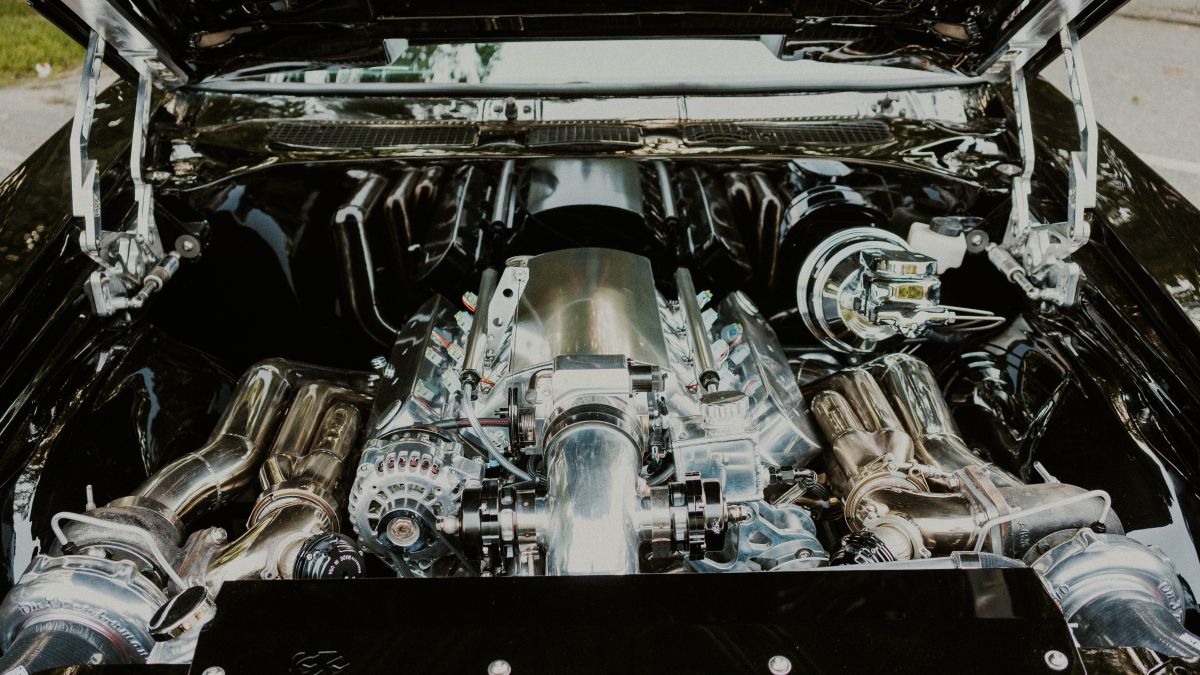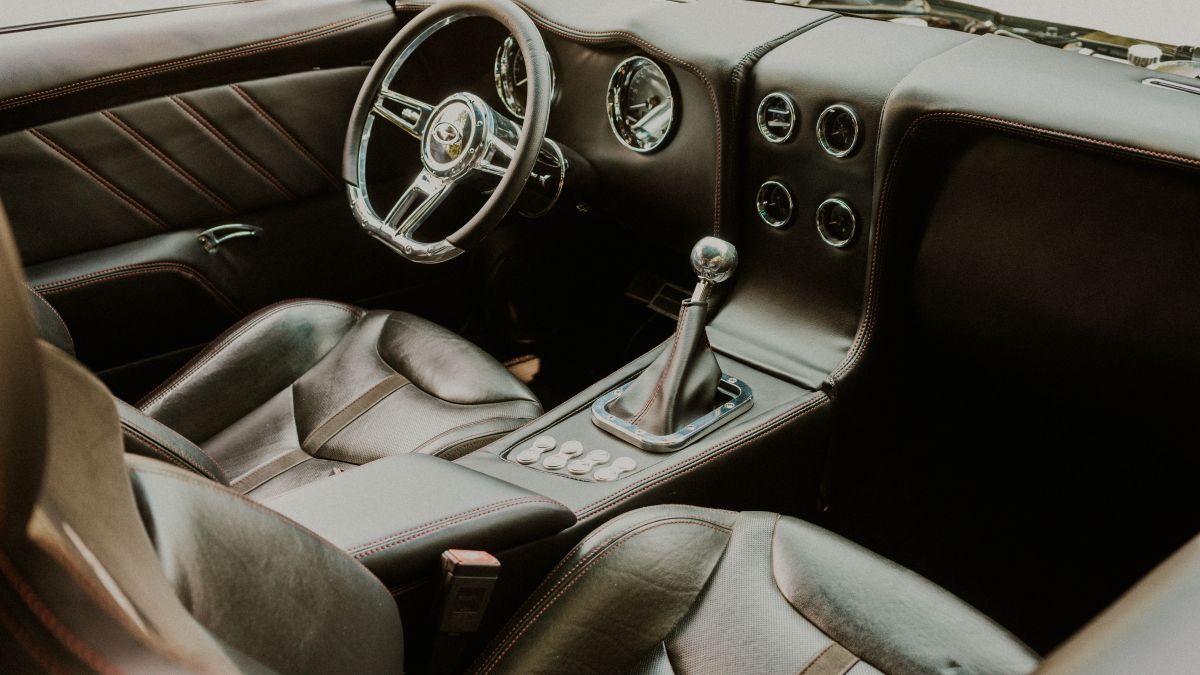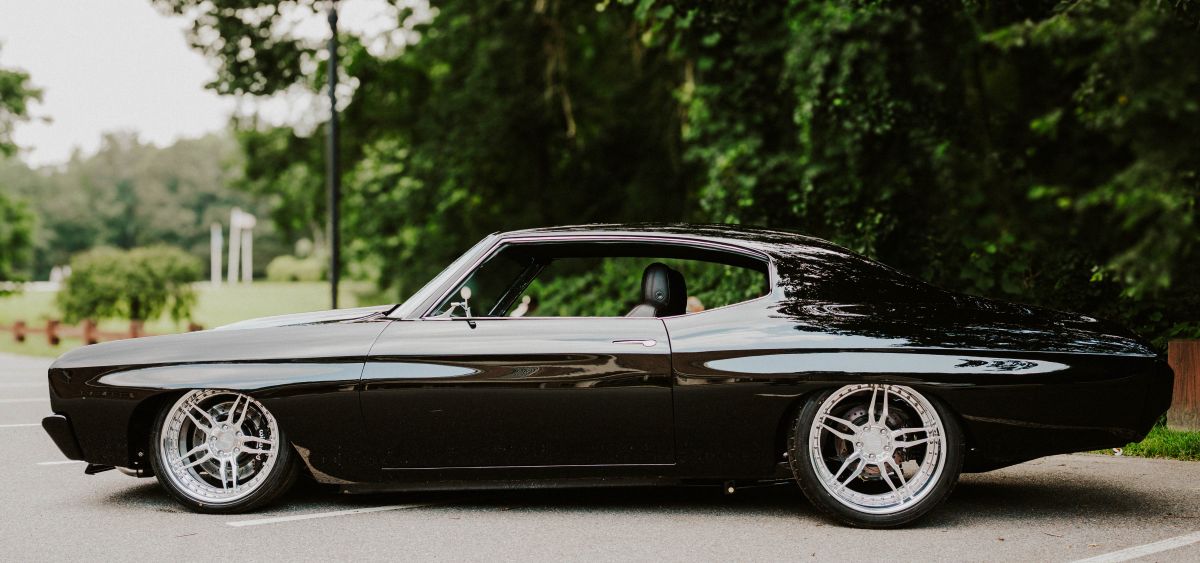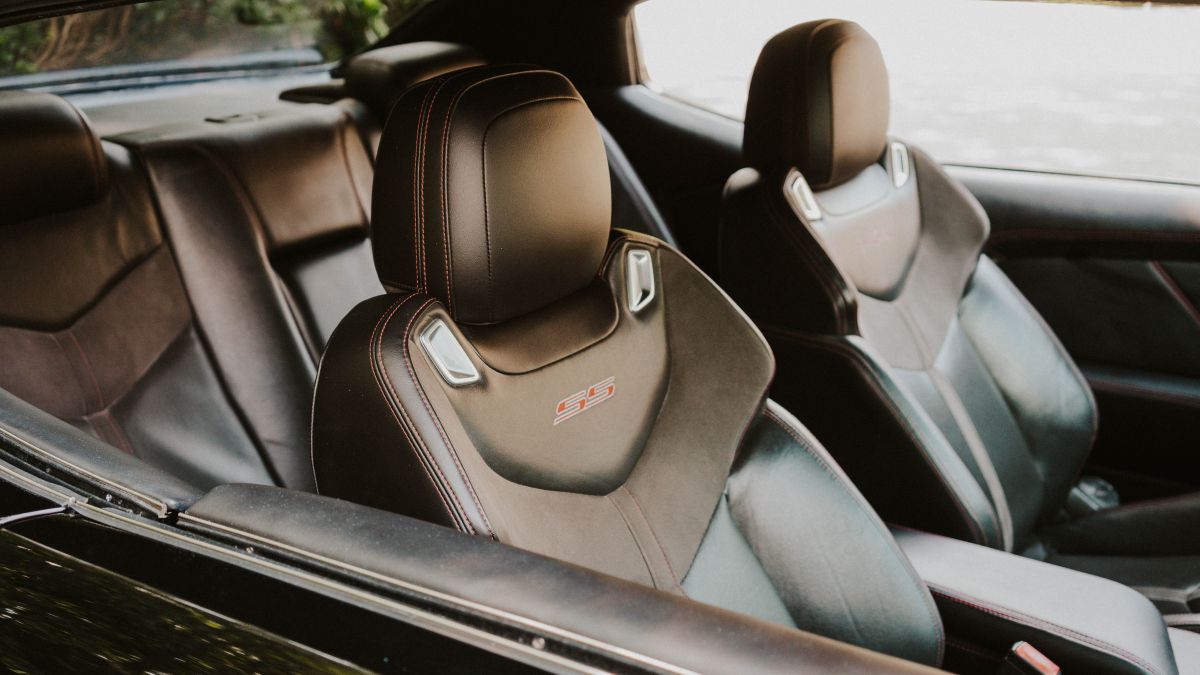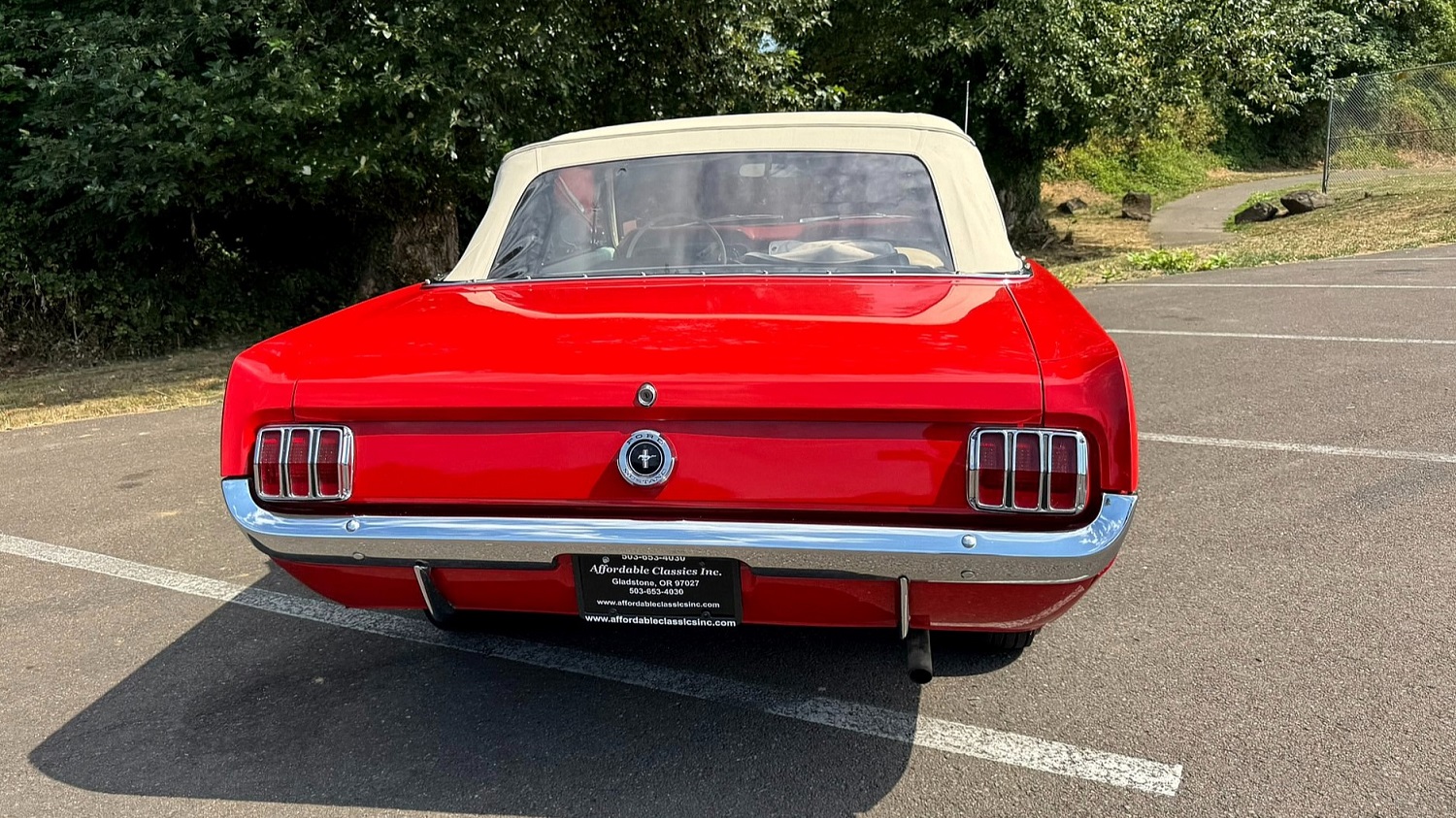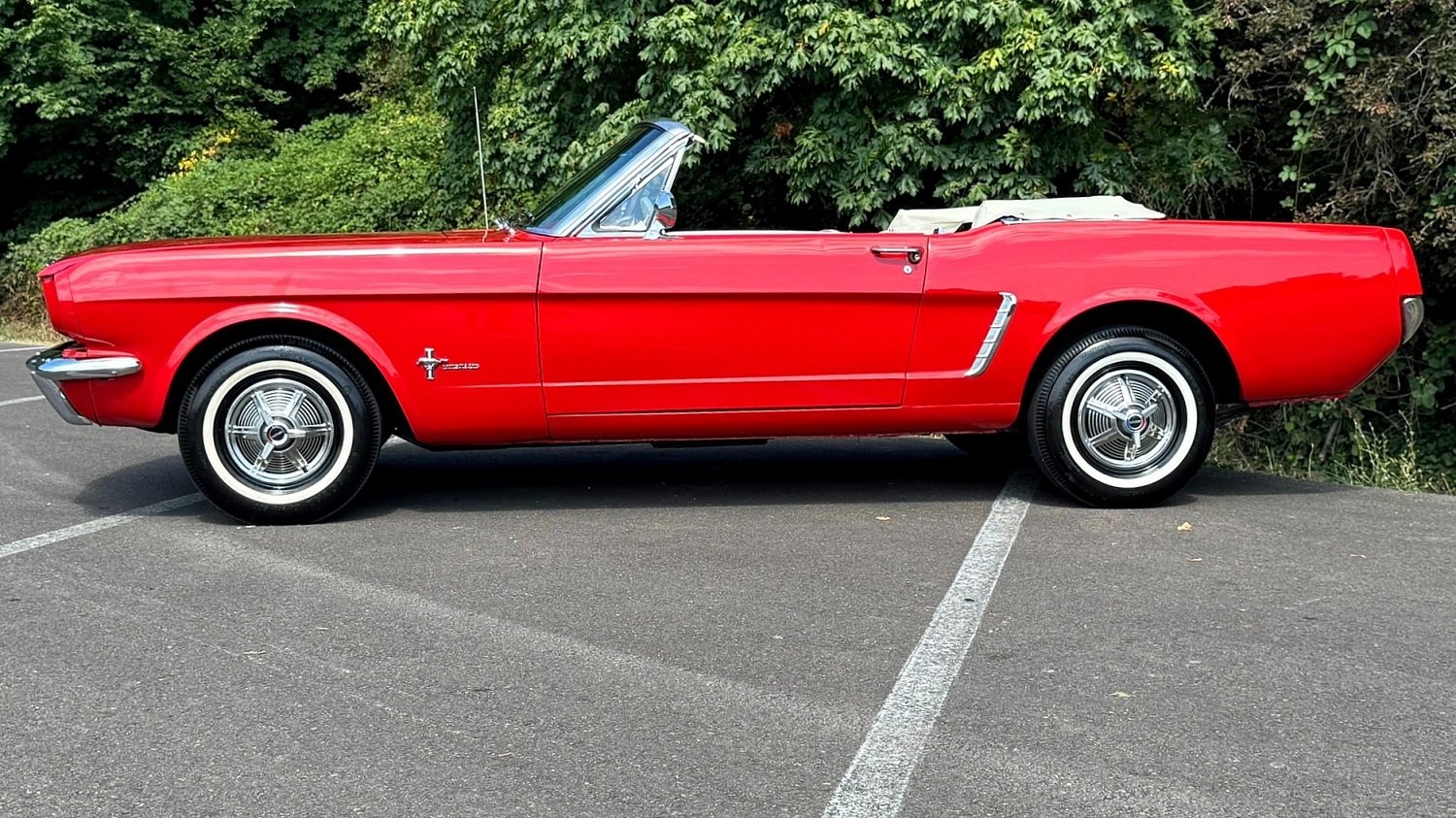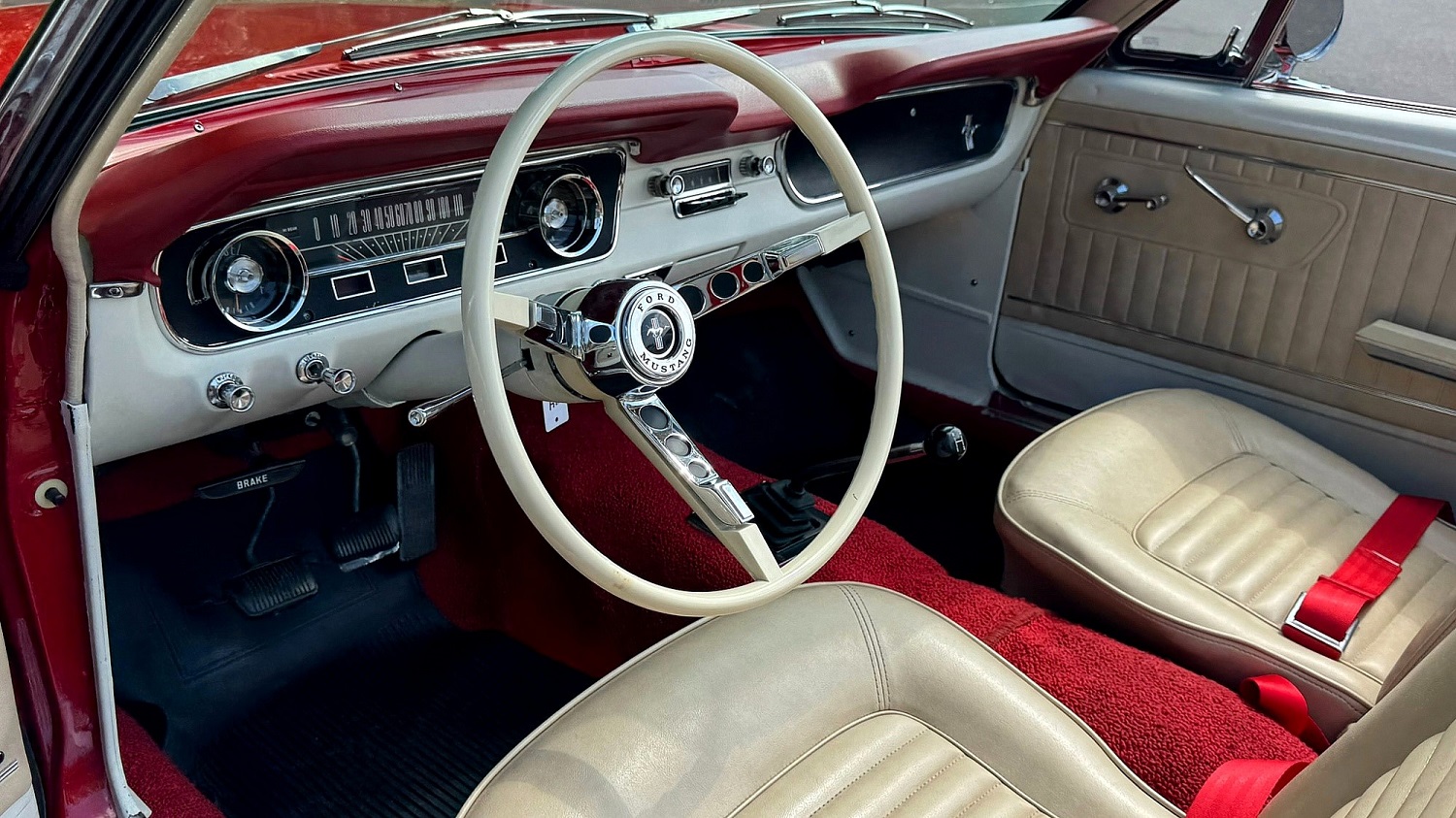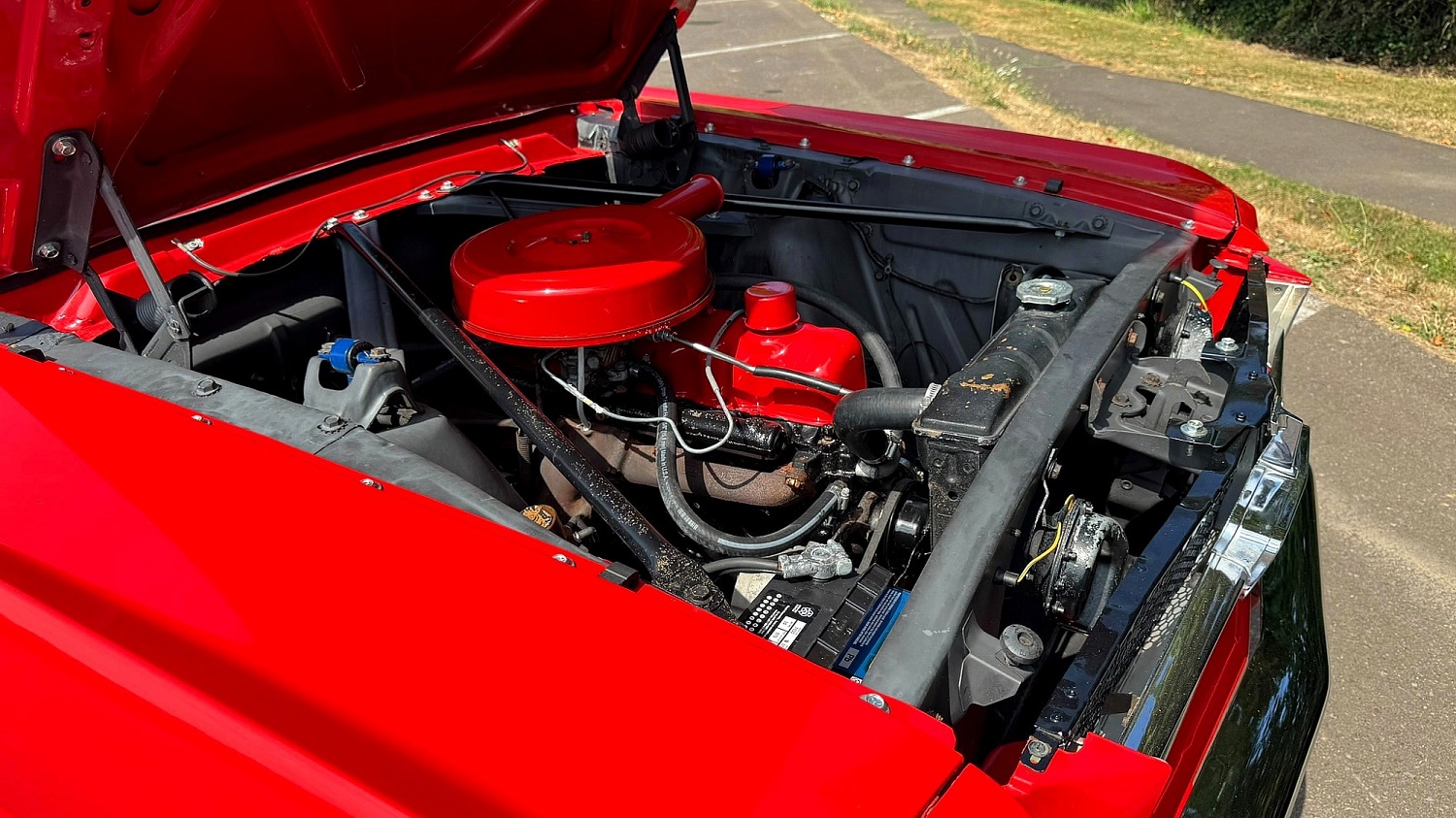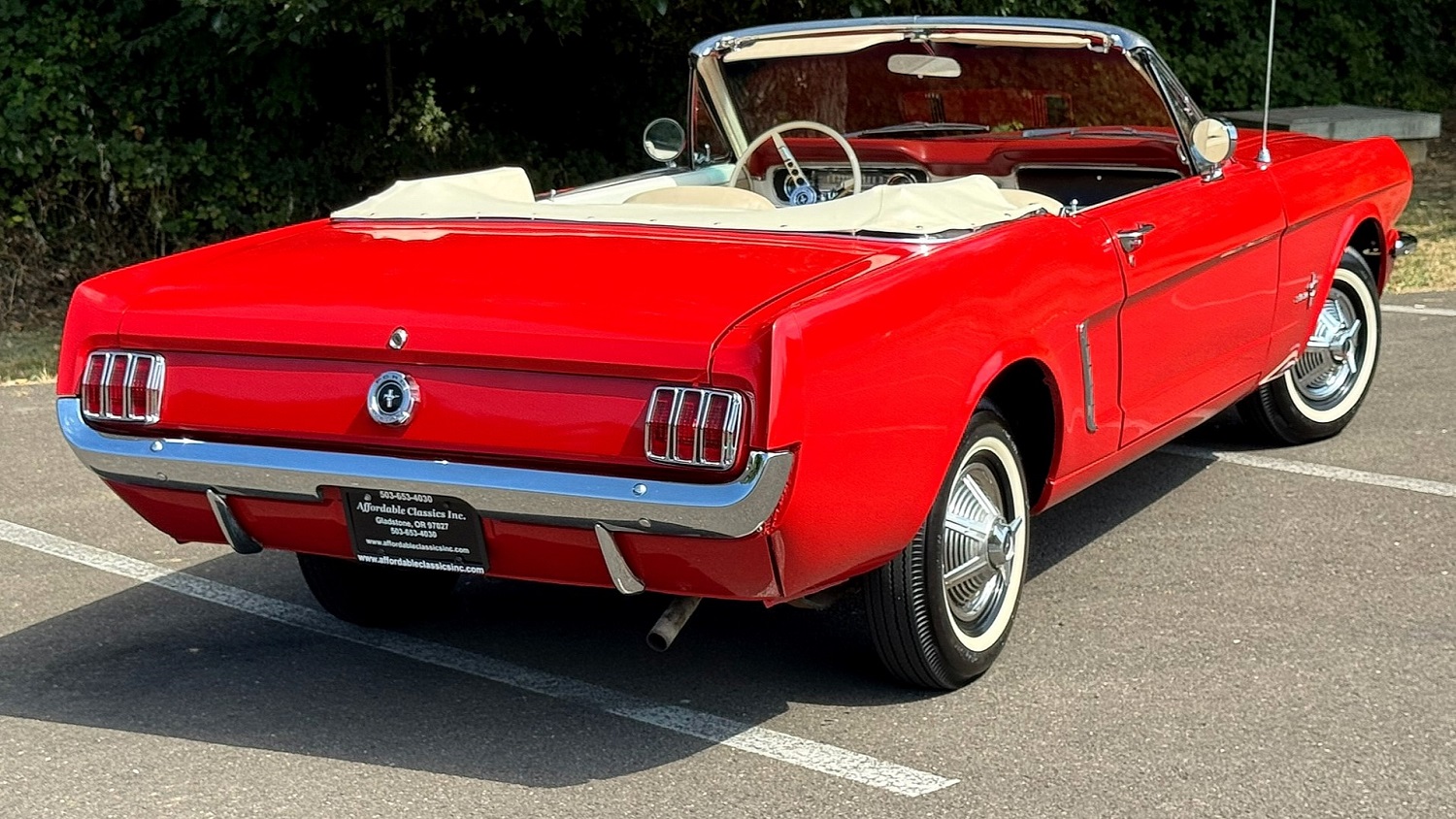We’ve known since late-2024 that a reimagined Honda Prelude would soon hit the streets, giving a new life to a nameplate that left the market back in 2001.
During its 23-year run, the Honda Prelude became known for its innovative technology, such as its advanced VTEC engines and the mechanical four-wheel steering (4WS) system in the third generation. Marketed as a fun-to-drive alternative to Honda’s practical sedan and hatchback models, the Prelude was performance-oriented yet still attainable. The 2026 Honda Prelude promises to continue the original nameplate’s legacy.
What We Know About The 2026 Honda Prelude So Far
It’s no surprise that the 2026 Prelude offers modern hybrid performance paired with sleek and sport styling that is inspired by its classic brethren. The Prelude shares its four-cylinder hybrid powertrain with the Civic hybrid model, and while it’s not as rev-happy as past Preludes, the setup offers 200 horsepower, which is more than a 2025 Mazda Miata and just 28 horsepower less than the newest Toyota GR86.
The 2026 Honda Prelude uses an electronic continuously variable transmission (eCVT), which includes a new Honda S+ Shift drive mode that simulates the feel of a traditional multi-gear transmission by using simulated gear shifts, rev-matched downshifts, and paddle shifters for enhanced driver engagement. The eCVT system, similar to units found in the Civic and Accord, allows the engine to operate at its most efficient RPMs by acting like a generator, while the electric motor provides instant torque for smooth, responsive acceleration.
Aside from the Sport mode, other selectable driving modes include Comfort, GT, and Individual – a mode that allows drivers to customize the car’s performance characteristics, including suspension damping, steering response, and powertrain, to suit different driving environments.


Fun-To-Drive and Good On Fuel
While official EPA fuel economy numbers for the new Prelude are not yet released, industry sources and Honda’s information suggest an estimated 40-plus miles-per-gallon combined, potentially higher, given its hybrid powertrain and efficiency-focused design. This is an impressive number for any sports car. Granted, Honda has not revealed the Prelude’s curb weight, either, but we do know that the hybrid Honda Civic weighs 3,208 pounds in Sport form and 3,252 pounds as a Sport Touring Hybrid.
Under the smooth, sharp-nosed silhouette, the 2026 Honda Prelude utilizes Civic Type R chassis components, including the dual-axis strut front suspension, wide front and rear tracks and large brakes originally designed for the Type R. The dual-axis design separates the steering knuckles from the dampers for increased steering axis flexibility and better handling.
Honda says the 2026 Prelude is tuned for a “sporty yet comfortable grand touring experience” and promises that the car will offer “precise steering, responsive handling and fun-to-drive feel to deliver an engaging grand touring experience, while remaining comfortable for everyday driving.”
“The new sports coupe will advance the ‘joy of driving’ for a new generation of buyers, as the first model to pair the award-winning Honda two-motor hybrid-electric powertrain with the high-performance chassis hardware of the iconic Civic Type R,” Honda said.
A Driver-Focused Interior
The interior is designed with an immersive, grand touring driving experience in mind. The car’s futuristic yet functional interior styling features thin A-pillars, a driver-focused cockpit with a clean design, and 2+2 seating with ultra-premium front sports seats. The front seats feature asymmetrical bolstering, meaning the driver’s seat is more supportive while the passenger’s is designed for optimum comfort. Its flat-bottomed, leather-wrapped steering wheel is equipped with alloy paddle shifters and a push-button gear selector.











The upscale synthetic leather-wrapped dash and console includes a 10.2-inch digital instrument panel and a nine-inch HD color touchscreen that hosts Apple CarPlay and Android Auto. All Preludes come with Bose Centerpoint premium sound with eight speakers.
Pricing and Availability
The compact, two-door sports coupe will appeal to driving enthusiasts who feel lost in a crossover and SUV dominated market. Honda has not yet announced the official US price for the 2026 Prelude, but according to Car and Driver, it is expected to start around $42,000. Other sources are hopeful, stating prices could start in at under $40,000.
The new Prelude will be a single, fully-loaded trim, with five exterior color choices: Boost Blue Pearl, Crystal Black Pearl, Meteorite Gray Metallic, Rally Red, and the new Winter Frost Pearl. The new Winter Frost Pearl can be optioned with a black or body-color roof for a two-tone effect. It is expected to go on sale later this year through the fall of 2026.
We will update this article with further details as more information is released.










The post Coming This Fall: The 2026 Honda Prelude Is Officially Here appeared first on The Online Automotive Marketplace.

